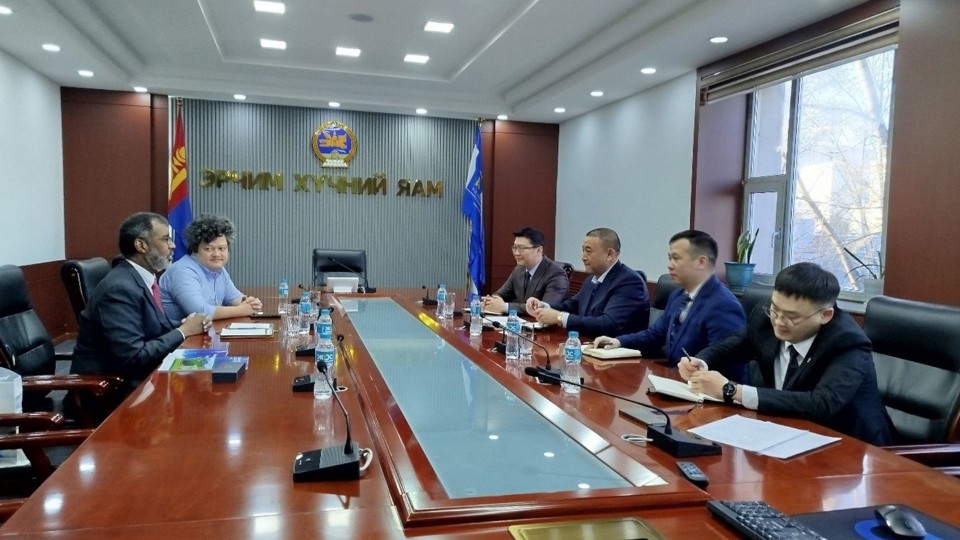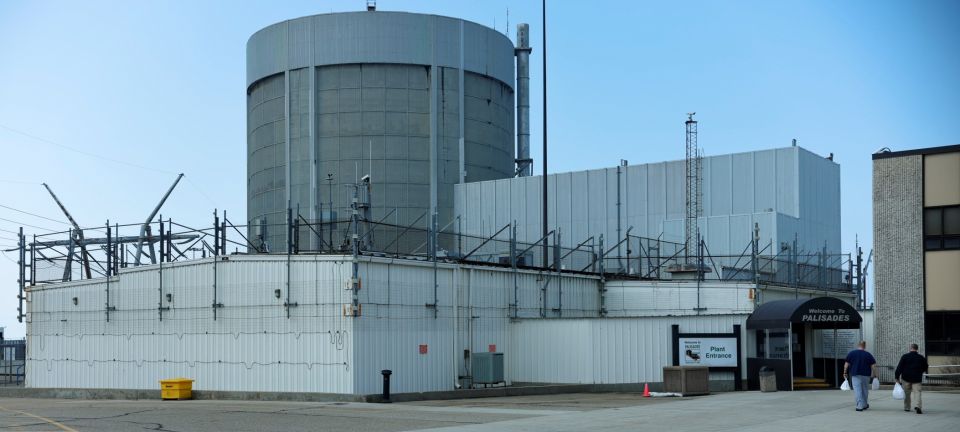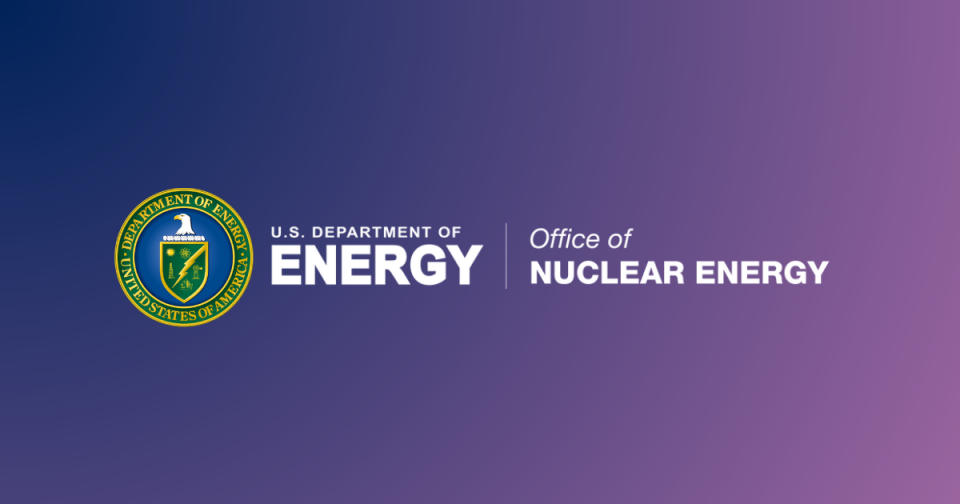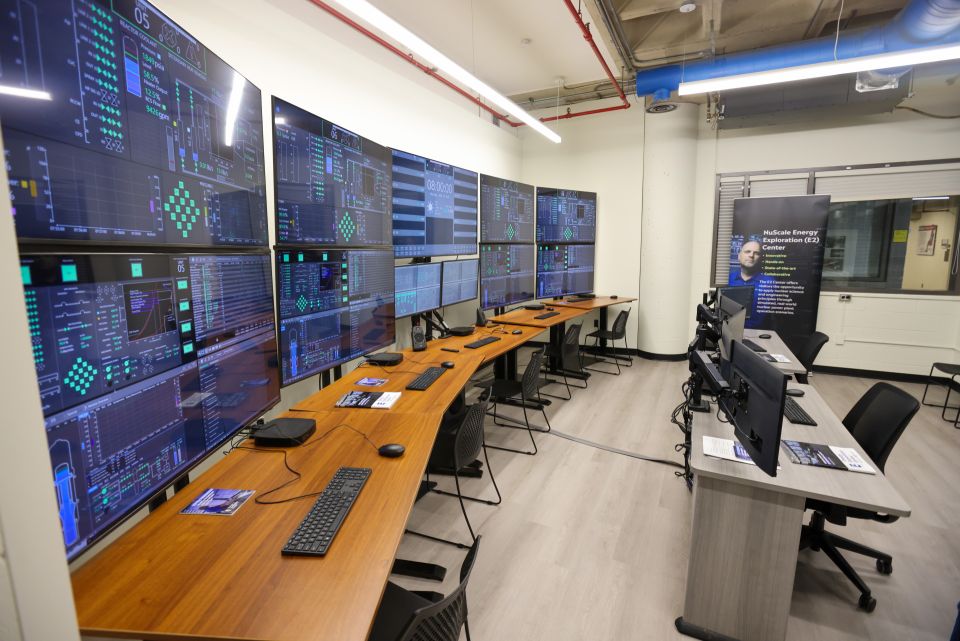Will Palisades be the “comeback kid”?
Historic nuclear plant restart could happen in 2025.
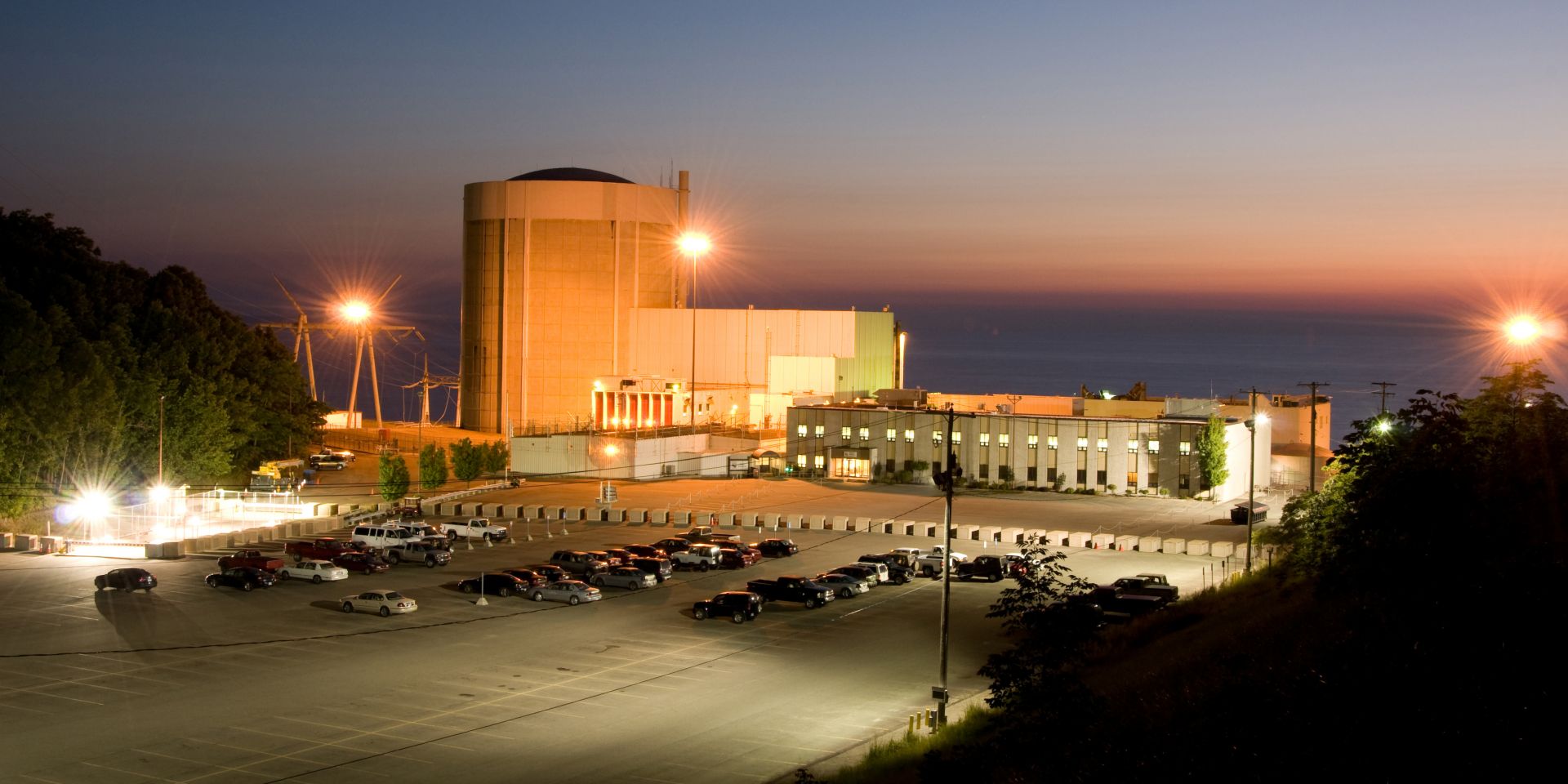
Mike Mlynarek believes in this expression: “In the end it will be OK; and if it’s not OK, it’s not the end.”
As the site vice president at Palisades nuclear power plant in Covert Township, Mich., Mlynarek is overseeing one of the most exciting projects in the United States nuclear power industry. If all goes according to plan, Holtec’s Palisades plant will be splitting atoms once again by the end of 2025 and become the first U.S. nuclear facility to restart after being slated for decommissioning.
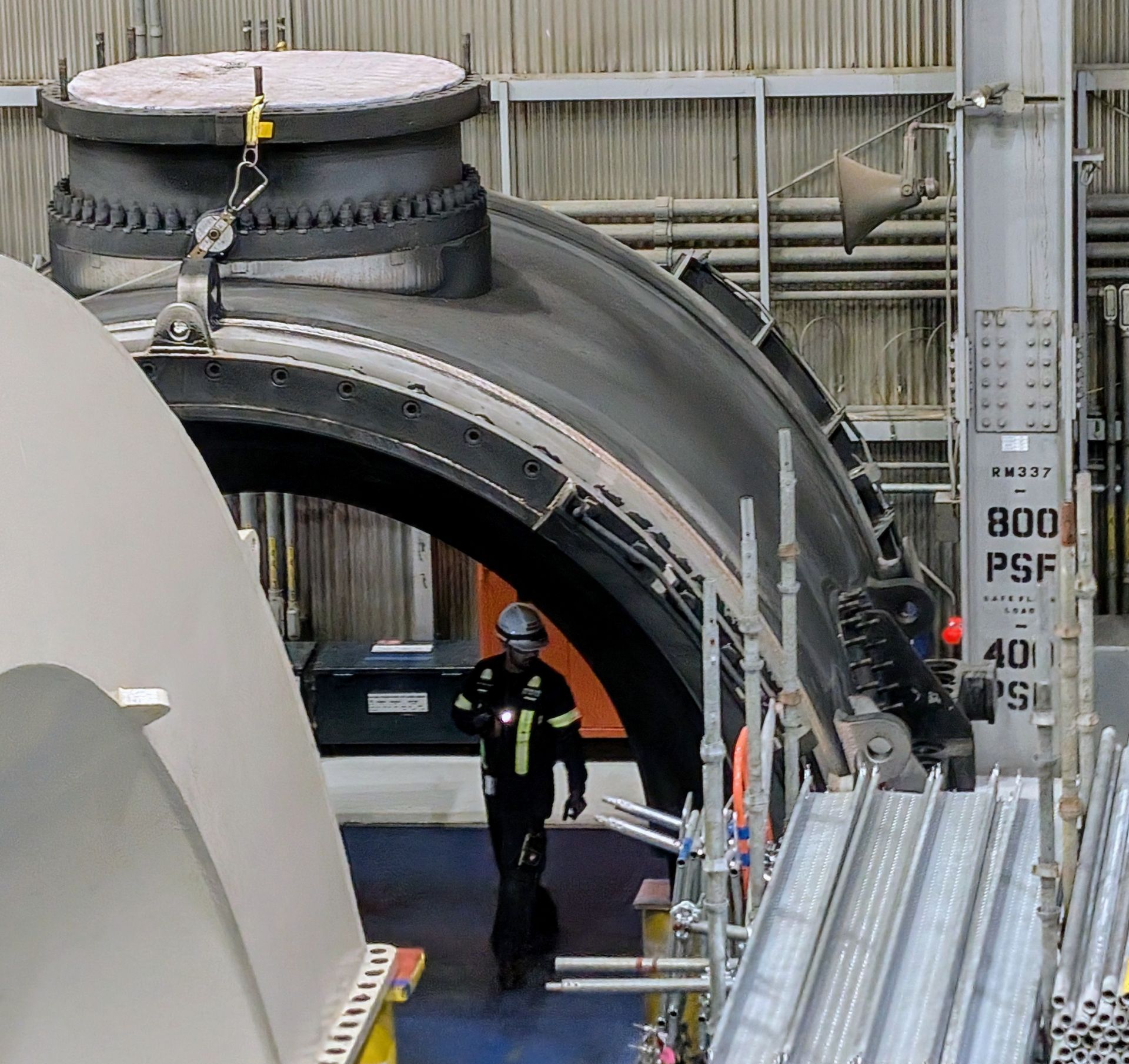
A worker inspects parts on the turbine deck at Palisades in February 2025 while the plant prepares for restart. (Photo: Dot Schneider/ANS)
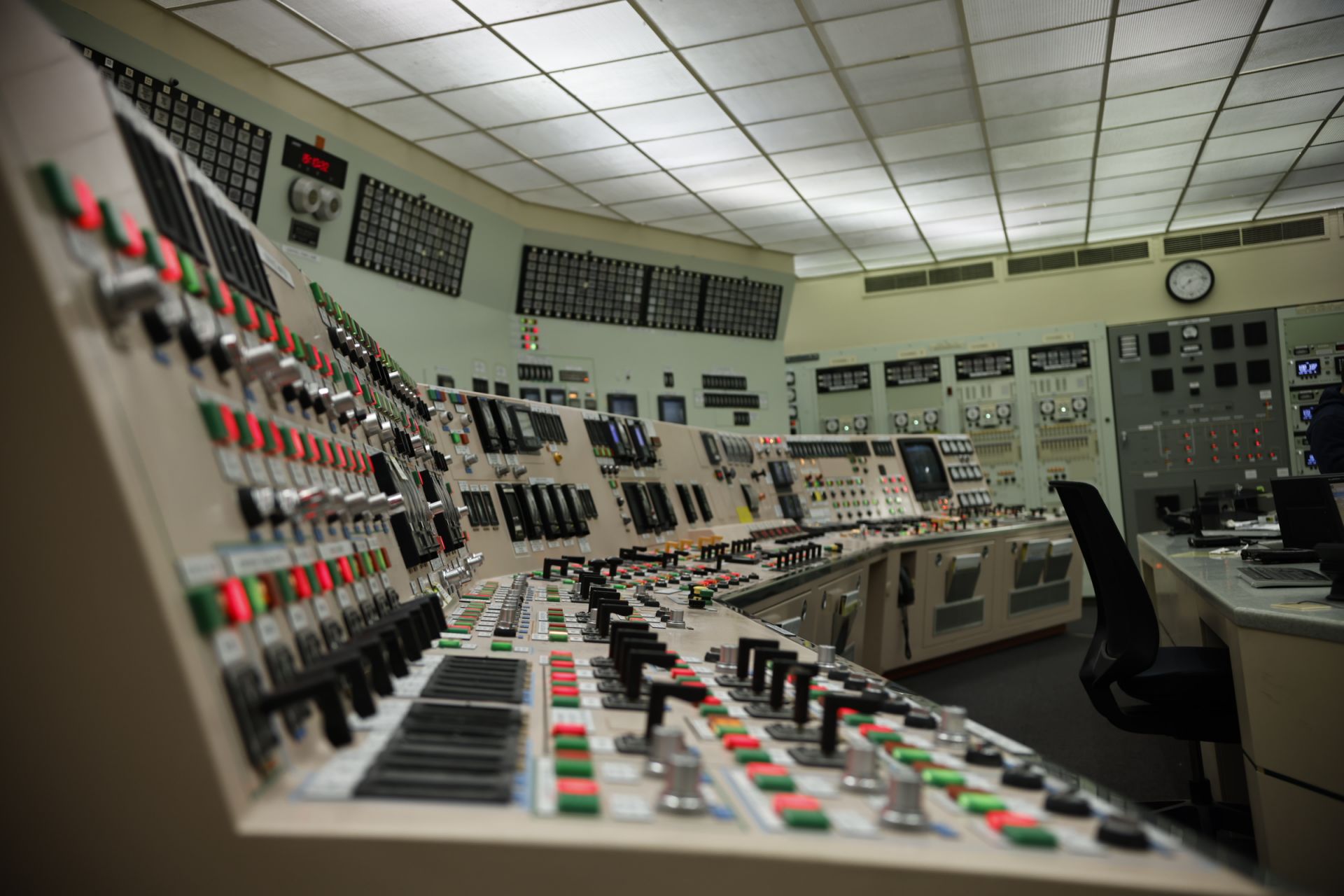
Main control room panels at the Palisades plant. (Photo: Holtec)
Further explaining the expression above, Mlynarek added, “It’s not necessarily when Palisades starts up again, but that it does start up. That will happen when it is safe and reliable to do so.”
Holtec is confident that it will happen by the end of the year. However, in addition to completing inspections and getting a clean bill of health on all plant components, Holtec still needs the Nuclear Regulatory Commission to sign off. The company has applied to transfer the plant’s operating license from Holtec Decommissioning International to wholly owned subsidiary Palisades Energy LLC and will be seeking a subsequent license renewal that would extend the operational life of Palisades from 2031 to 2051.
How we got here
Palisades’ 777-MWe pressurized water reactor started generating electricity in 1971 and ran for more than five decades until then-owner Entergy shut it down in 2022, citing unfavorable economic conditions in the energy market. Entergy sold Palisades to Holtec International, which planned to decommission the plant, as it is doing with Oyster Creek in New Jersey, Pilgrim in Massachusetts, and Indian Point in New York.
But plans for Palisades changed.
“We knew for years that the plant was closing, which gave everyone in the community time to plan for it, even though they didn’t want it to close,” said Nick Culp, senior manager for government affairs and communications at Holtec Palisades. “But then we started getting questions about reversing course, and people like the governor and others came out and said, ‘Let’s make this happen.’”
Once Holtec committed to the restart, the company had to hit big milestones—securing funding, ordering new fuel, and rebuilding a team—right away.
“We didn’t know if the people would come back, or if the industry would support this effort,” Culp said. “Fortunately, all of those items just clicked.”
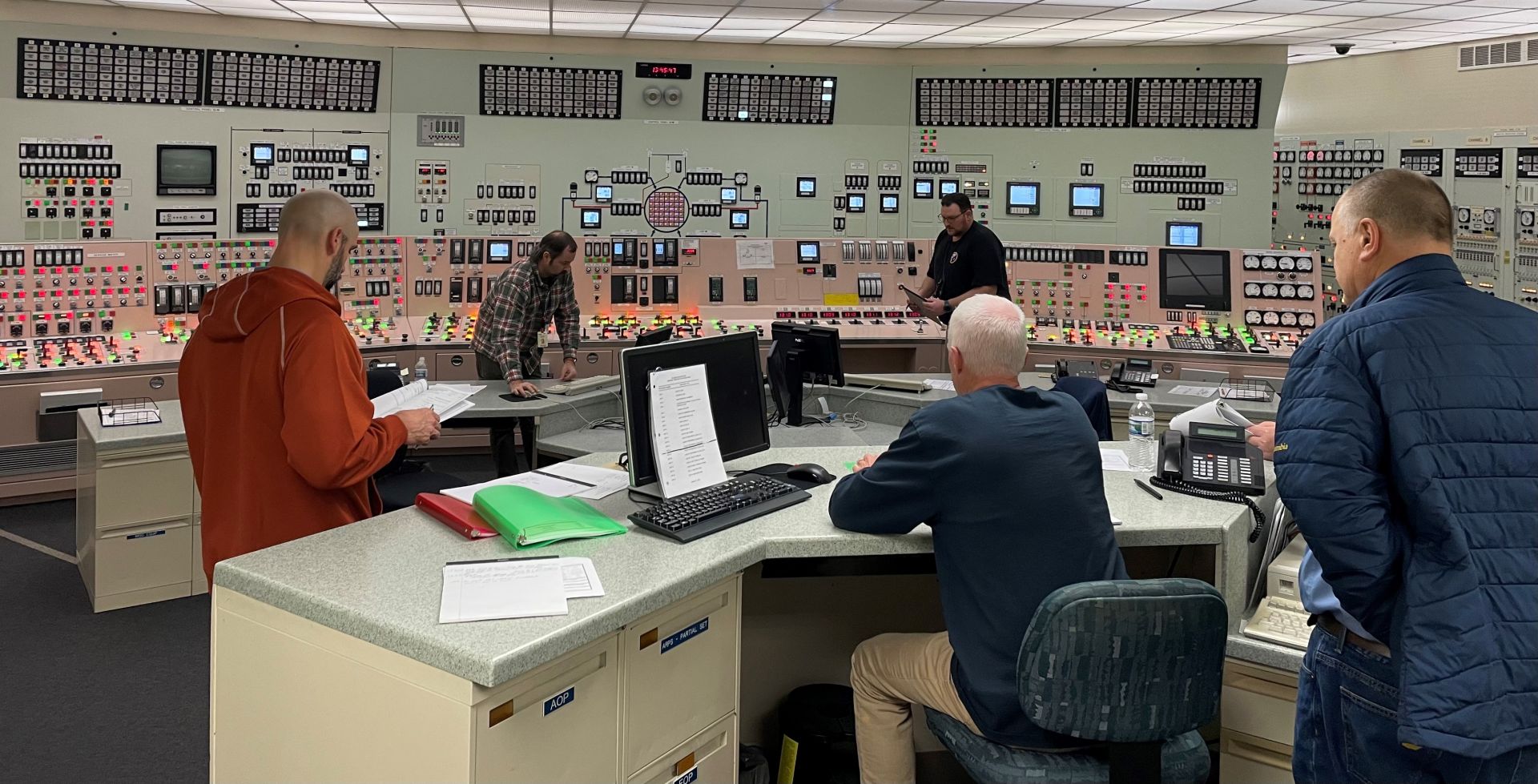
Control room simulator at Palisades. (Photo: Holtec)
Securing funding
What started as a letter-writing campaign, with Michigan Gov. Gretchen Whitmer and dozens of stakeholders petitioning the Department of Energy, turned into reality when Palisades secured a $1.52 billion federal loan. The loan guarantee program was created by then-President Joe Biden as part of efforts to bolster the country’s nuclear fleet and support international climate goals of tripling nuclear power output by 2050. The state of Michigan also kicked in $300 million for the Palisades restart.
“Reopening Palisades will keep energy costs low, shore up domestic energy production, and secure Michigan’s competitiveness for future economic development,” Whitmer said in September 2024 in a news release. “Once complete, Palisades will become the first successfully restarted nuclear power plant in American history, protecting 600 union jobs at the plant; 1,100 in the community; and access to clean, reliable power.”
That same month, two rural electric cooperatives received $1.3 billion in grants that are supporting the Palisades project and signed power purchase agreements through the new USDA program Empowering Rural America.
Wolverine Power Cooperative was awarded more than $650 million to purchase 435 MW of wholesale electricity from Palisades to serve its rural Michigan customers.
Hoosier Energy was awarded more than $675 million to offset the cost of purchasing 370 MW to serve customers in Illinois and Indiana.
“We knew we needed long-term revenue, so we got into these multidecade power purchase agreements with Wolverine and Hoosier,” Culp said. “They’re buying all our generation for the next 20-plus years. It was essential for us because energy markets can be volatile.”
In total, Holtec has secured more than $3.1 billion to advance the Palisades project. During the September funding announcement, former White House climate advisor Ali Zaidi called it “a powerful clean energy comeback story. . . . This is the playbook for how Michigan, and America, wins the future.”
The Palisades team is optimistic that even with the change in administration following the presidential and congressional elections, politics won’t get in the way of the restart.
“At a time when consensus can be hard to find, there is strong, bipartisan support for Palisades and the future of nuclear energy to meet the country’s reliable energy needs,” Culp said.
President Trump and Energy Secretary Chris Wright have both pointed to nuclear as one of the critical sources needed to expand domestic energy production. Nuclear is at the forefront of Trump’s announced intention to unleash America’s “energy dominance.”
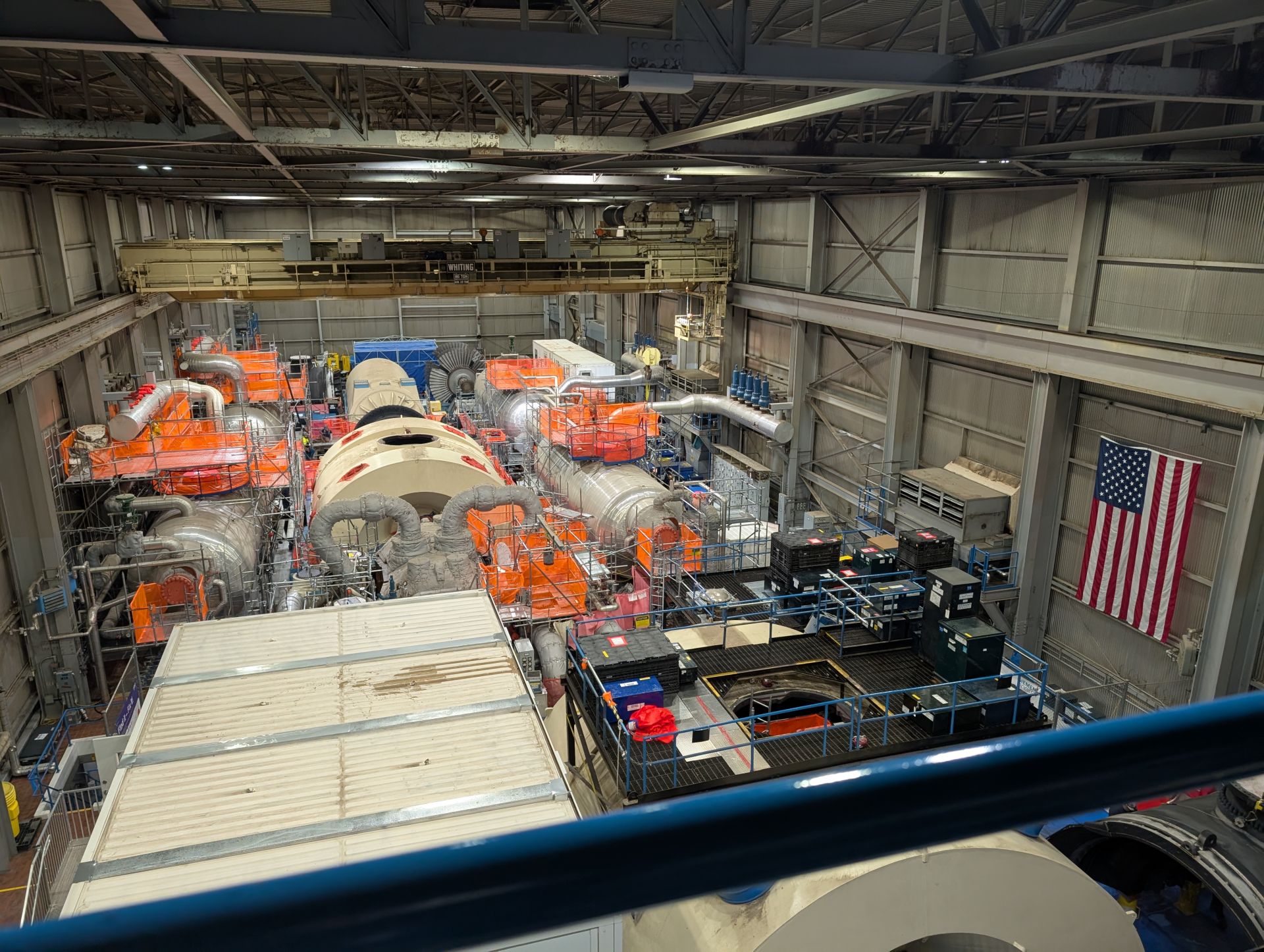
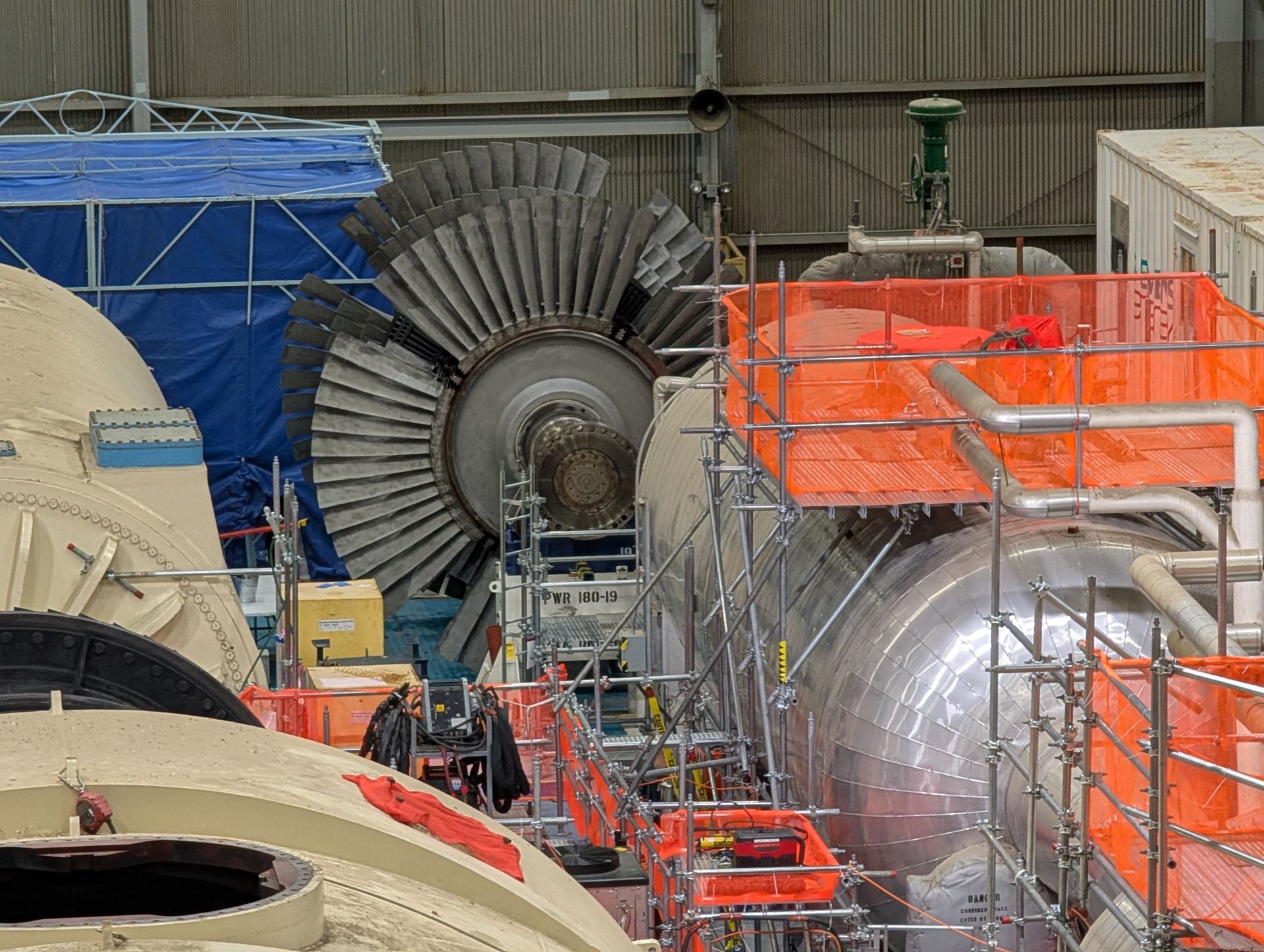
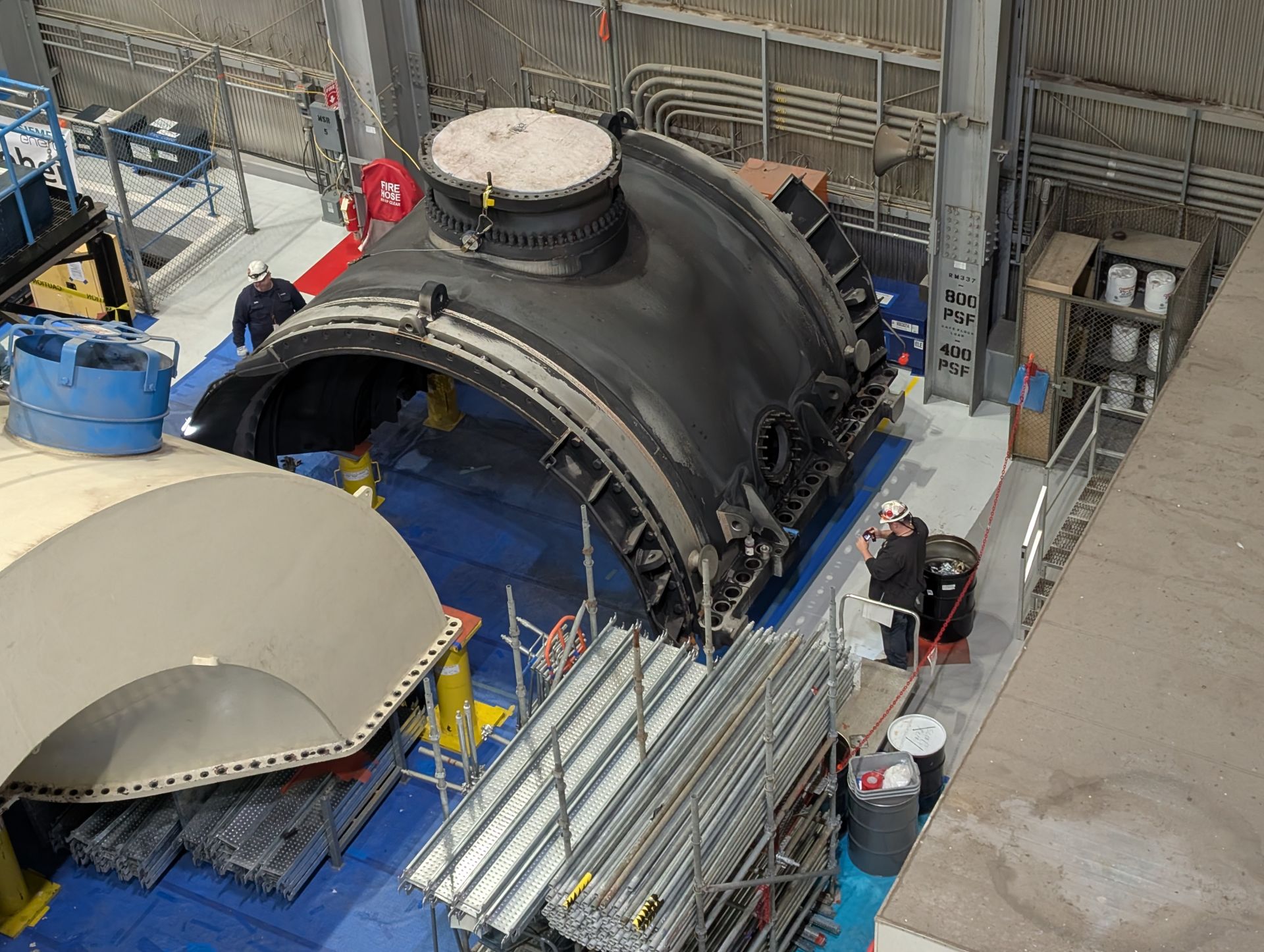
Turbine deck work in February 2025 during shutdown. (Photo: Dot Schneider/ANS)
Pushback on Palisades
The Michigan plant, like most nuclear facilities, has faced some opposition since its inception, but concerns reemerged in recent years since plans to reopen Palisades were announced.
Two groups of objectors presented arguments in February to the Atomic Safety and Licensing Board (ASLB), a three-judge NRC panel. Opposition groups included some residents who live near the plant and antinuclear activist groups Beyond Nuclear, Don’t Waste Michigan, Michigan Safe Energy Future, Three Mile Island Alert, and Nuclear Energy Information Services.
Petitioners expressed anxiety over the NRC’s handling of the requests, since there’s no agency playbook for such a restart.
“The fundamental problem remains: No regulations exist for a plant returning from decommissioning to operation, leaving 50 years of nuclear lessons ignored and loopholes exploited. That is our concern,” attorney Arthur Blind told the panel.
Blind, a former engineering director at Palisades, represents the joint petitioners—the individuals objecting to the plant restart. He contends that the application process is flawed.
“We’re in a lose-lose [situation]. They say we haven’t referenced a regulation for our disputes. . . . [That is] because there are no regulations,” he explained.
The timeline on the oral decision was not specified, but early indications are that the ASLB will find in favor of Palisades.
Homeowners living near the plant are petitioning the NRC and Holtec to do a more in-depth environmental review. However, the NRC issued a draft environmental assessment and draft finding of no significant impact at the Palisades plant.
Based on the environmental review, the NRC made the preliminary determination that the proposed actions would not significantly affect the “quality of the human environment,” according to its January 31 notice in the Federal Register.
“The NRC staff determined that the environmental impacts of the proposed action would be NOT SIGNIFICANT for each potentially affected environmental resource,” the notice stated.
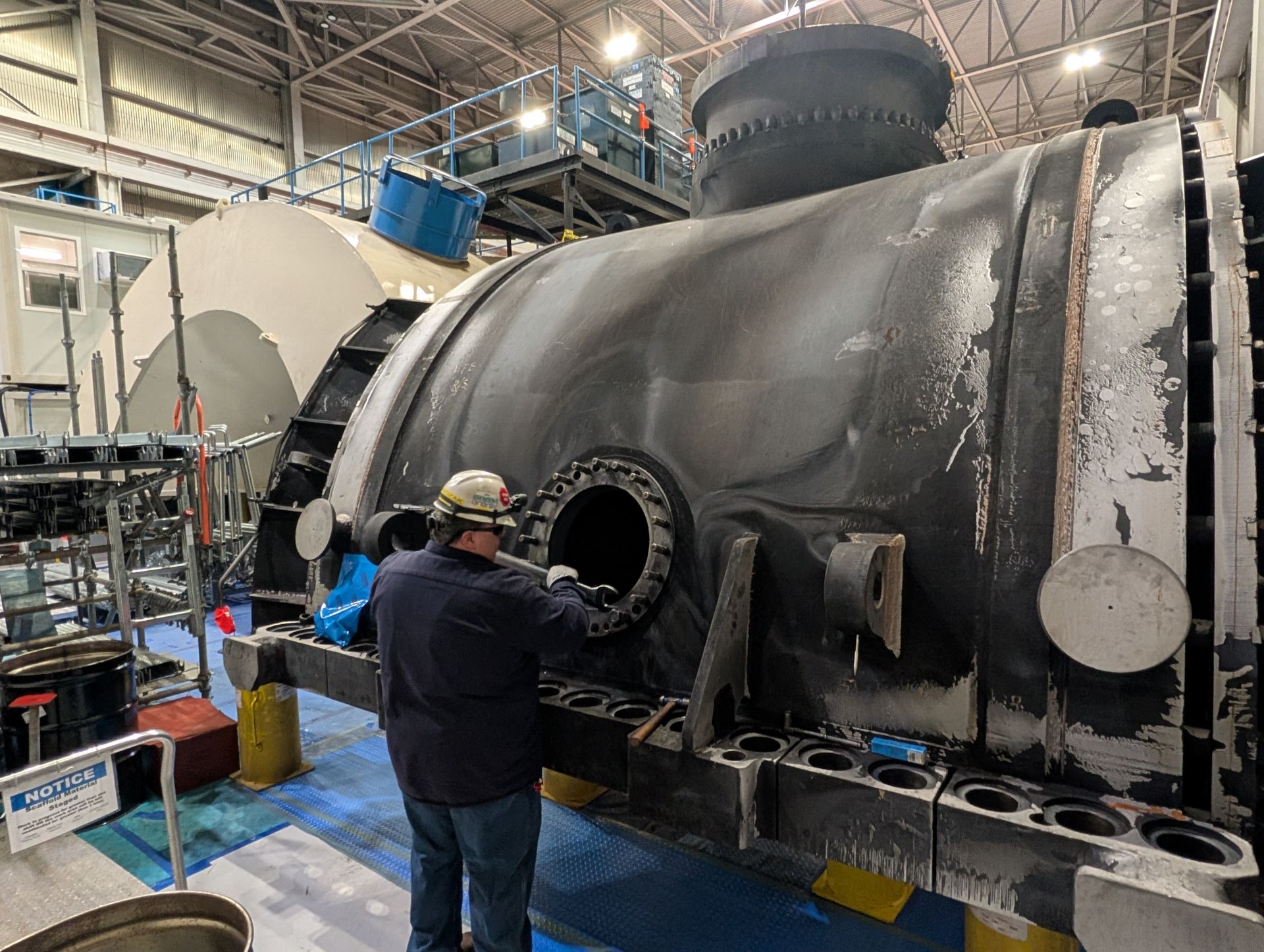
Worker adjusting turbine pieces at Palisades in February 2025. (Photo: Dot Schneider/ANS)
What does a historic restart look like?
Since this is the first U.S. nuclear plant to potentially return to operations, there’s no playbook.
However, the Palisades team created “road map to restart” posters, which are displayed throughout the plant, showcasing dozens of tasks to be done before the plant can resume operations. The tasks range from reactor vessel inspections to containment crane upgrades to operational emergency planning exercises, and they are color coded—with green dots showing what’s complete and yellow and red dots to indicate projects that are underway or have not yet started. Culp said Palisades is on track to get everything done by the end of the year.
“It very much feels like a refueling outage, but I refer to it to the team as a marathon,” Mlynarek said. “It’s like doing 18 refueling outages back-to-back, which is very challenging. We cannot burn out individuals or teams. We have to pace our way through it, and we’ve done a good job of that so far.”
Mlynarek said the Palisades team doubled down on maintenance and inspection activities once they knew they had until the end of 2025. The team dug deeper into components than is normally possible during a standard refueling and maintenance outage.
“For example, the turbine generator is being taken apart to do the very fine, finite inspections to ensure that component is fully reliable for a long period of time—not just for the next few years, but for the next three decades,” he said.
Mlynarek said there are some projects that run 24 hours a day given the work is assisted by robotics, but most of the tasks are being done on day shift.
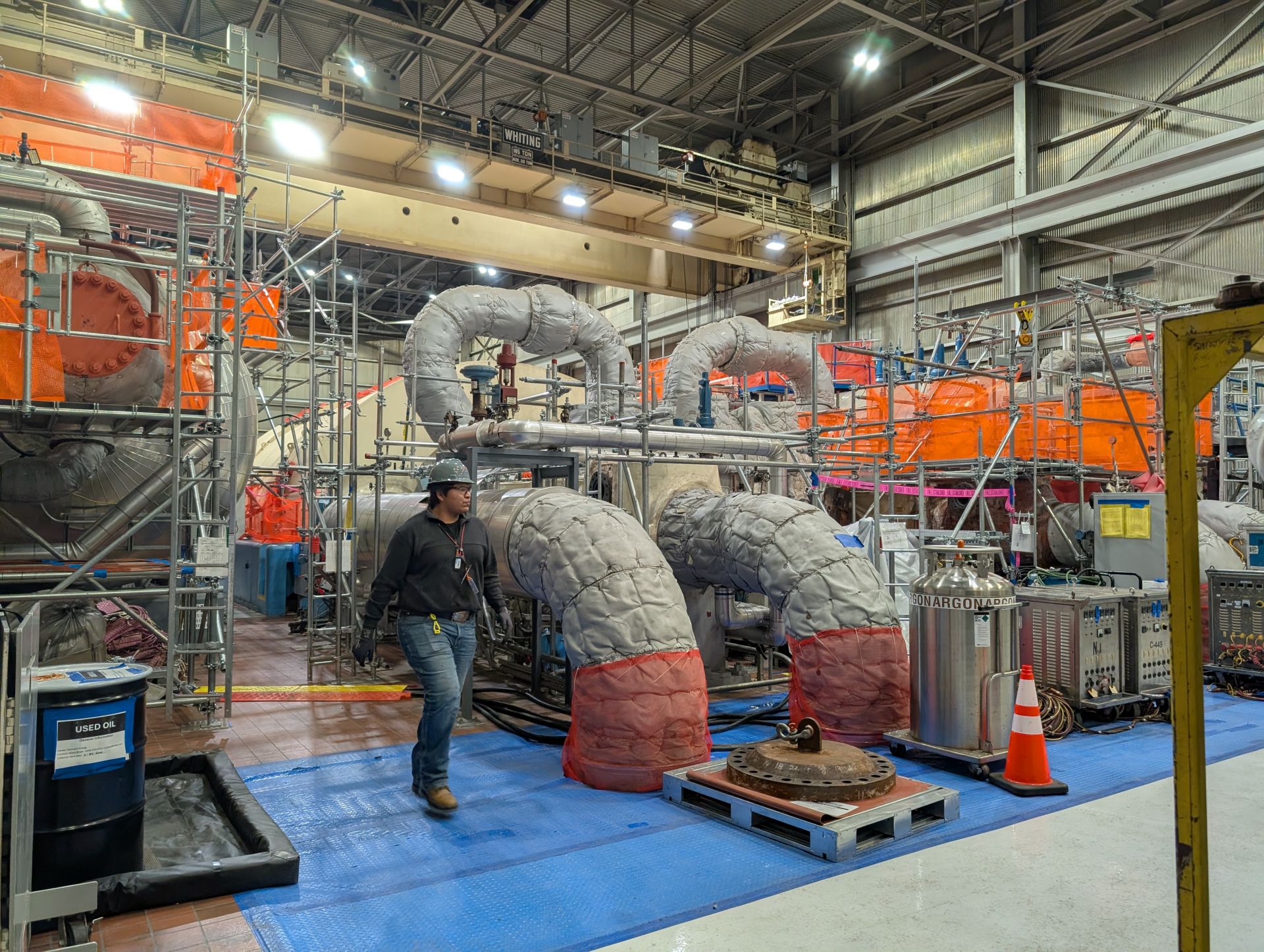
Worker walking past interior pieces on Palisades’ turbine deck in February 2025. (Photo: Dot Schneider/ANS)
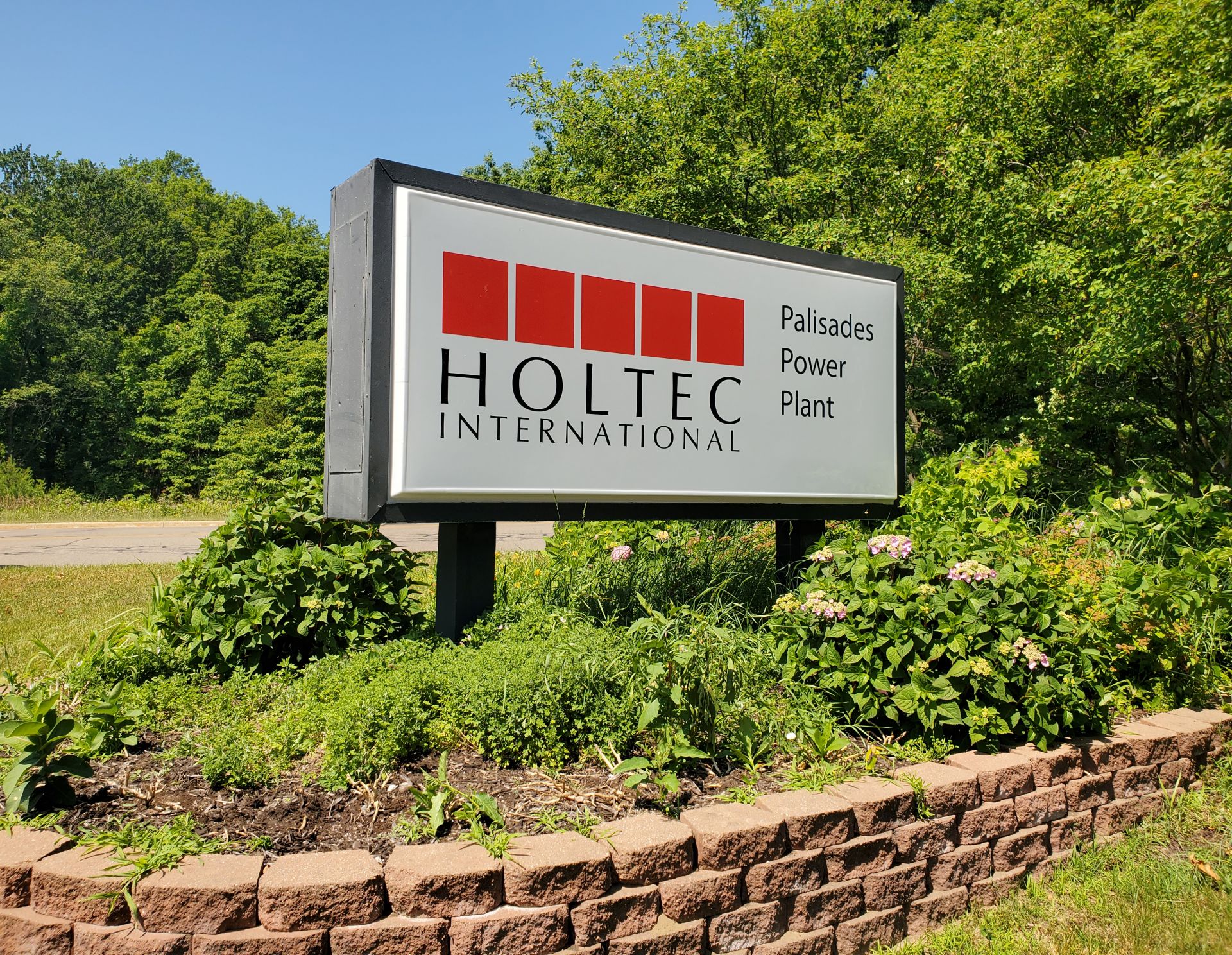 Palisades to host Holtec SMRs
Palisades to host Holtec SMRs
Mission 2030 aims to deploy a pair of 300-MW reactors at the Michigan plant.
Holtec International and Hyundai Engineering & Construction announced on February 24 plans to develop two small modular reactors on the grounds of Palisades by 2030.
Stakeholders offered more details on an “expanded cooperation agreement” to build a 10-GW fleet of Holtec-designed SMR-300s in North America, with the first units being sited at the Covert Township, Mich., plant, which is on track to restart by the end of the year.
South Korea–based Hyundai E&C is coming off a lead construction role at the four-unit Barakah plant in the United Arab Emirates, and Holtec expects the partnership “will enable rapid scaling of the SMR-300 program based on learnings from the first-of-a-kind SMR-300 project at Palisades.” The two companies first signed a collaboration agreement in 2021.
“Hyundai E&C has the most distinguished credentials as a constructor of nuclear power plants, having built and commissioned the largest reactor complex in the last decade in the UAE on schedule, which is a rare achievement in our industry,” said Holtec CEO Kris Singh. “Our own vertically integrated supply capability and a world-class project management organization, which has established a solid track record of completing numerous complex projects around the world without cost overruns, gives us the confidence that our ‘Mission 2030’ will be realized in full measure.”
Singh also highlighted the contributions of Mitsubishi Electric, headquartered in Kobe, Japan, as “the third pillar of our SMR coalition.” Mitsubishi will provide the control system for Holtec’s SMR-300s.
Holtec had engaged with the NRC for several years on preapplication work for a similar, smaller design—the SMR-160—before announcing a shift to the SMR-300 in late 2023.
Holtec’s SMR-300 is designed for an 80-year lifetime and an annual output of 300 MWe using conventional PWR fuel. The design relies on forced circulation (with passive safety systems) and a once-through steam generator. The reactor pressure vessel sits underground and is submerged, with an annular water-filled reservoir between the containment and the containment enclosure serving as the ultimate heat sink. Air-cooled condensers can provide cooling in arid environments.
Holtec plans to use 10 CFR Part 50 to license its reactors, seeking a limited work authorization, a construction permit, and ultimately an NRC operating license. The company will begin the application process in early 2026, once Palisades has been restarted.
Han-Woo Lee, Hyundai E&C chief executive, said, “Hyundai E&C has established its U.S. subsidiary, Hyundai America Inc., and has been making diversified investments in U.S. power projects and SMR-300 technology. To ensure the successful completion of this project, we will work closely with the U.S. government and leading local companies to build a systematic supply chain, create high-quality jobs in the U.S., and develop strategies for mutual growth with local communities, ultimately pioneering a new era in the global SMR industry.”
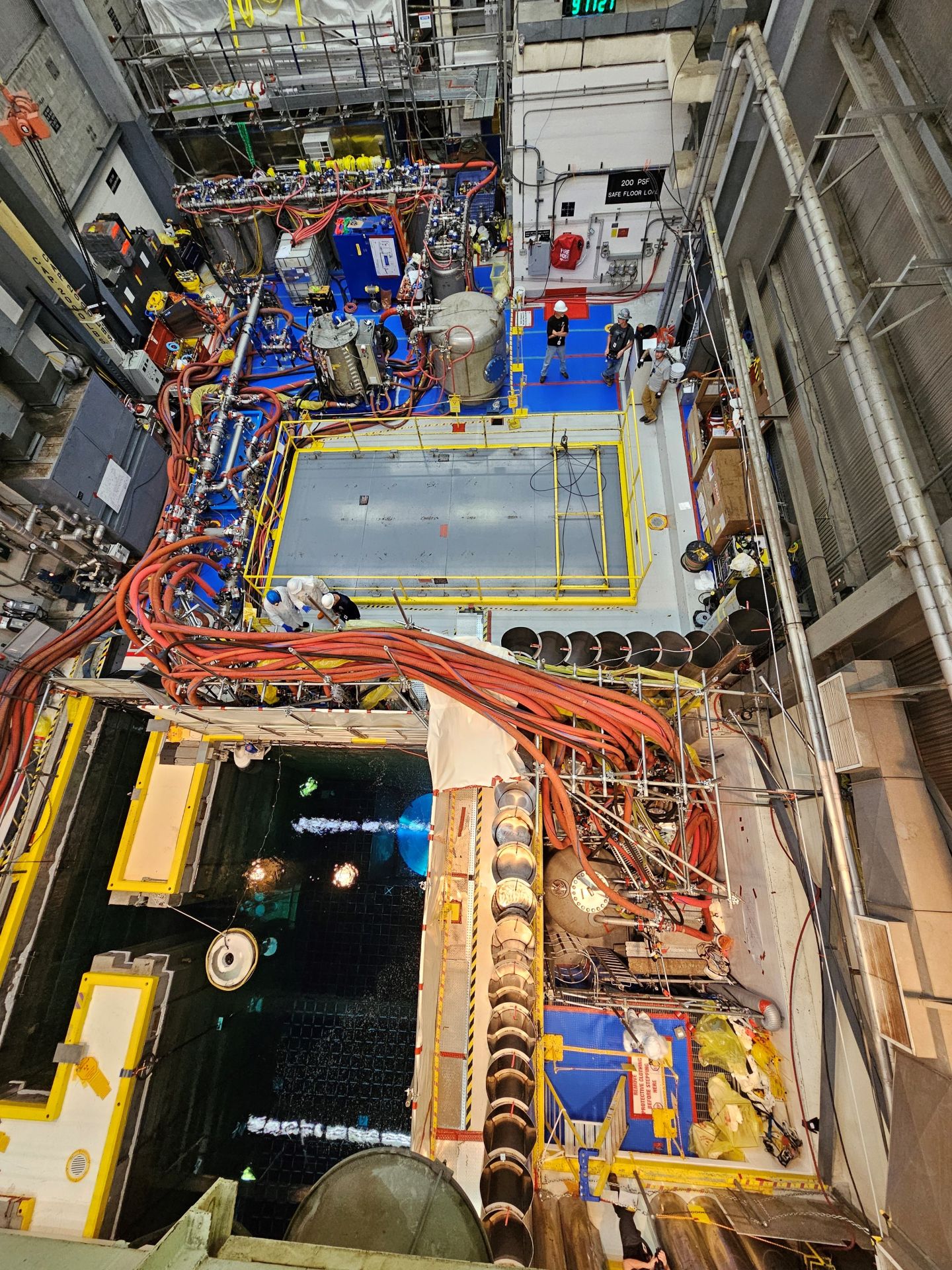
Aerial view of turbine deck work. (Photo: Holtec)
Putting the band back together
Within the first month of shutting down, all fuel was removed from Palisades’ reactor. Two-thirds of the fuel was relatively new (since nuclear companies only swap out one-third during refueling outages and leave the rest for subsequent operation cycles) and is being stored in the plant’s spent fuel pool for reuse, pending NRC approval.
Staff at the plant was cut by two-thirds, from 600 employees to 220. About half of the departing employees found nuclear jobs elsewhere, and many of the rest are already back or will be returning to Palisades when it restarts. The current staffing is 560, plus hundreds of skilled labor contractors.
“It really is a community story,” Mlynarek said. “These employees are back because they want to make a difference and keep the plant operating for decades after they retire . . . again.”
Another 200 workers will be new-to-nuclear employees, which Mlynarek said is important for the workforce and the continuity of skilled laborers needed at the plant. Numerous reactor operators came out of retirement to train the new recruits, which was critical to the process. Senior reactor operators must complete 18 months of training to get certified by the NRC, and they undergo one week of training every six weeks they spend on the job.
“It’s like home”
Mike Lee did not set out to work in the nuclear industry, but after completing his chemical engineering degree at Michigan Technological University in 1990, he landed a job in the chemistry lab at Palisades.
“Nuclear was kind of mysterious,” Lee recalled thinking when he was in his early 20s. “I didn’t really understand it and it seemed like a challenge, so I took the opportunity to learn a technology I knew very little about. And, wow, what a great choice that ended up being.”
Lee has spent more than three decades working in nuclear, almost exclusively at Palisades near where he grew up. When the plant closed in 2022, he wasn’t quite ready to retire, so he relocated to work at Entergy’s Arkansas Nuclear One plant and finish his career.
When the decision was made to restart Palisades, Lee jumped at the chance to return to Michigan in 2024 and help bring the unit back on line. Since he previously worked in a variety of positions at Palisades—ranging from chemistry to operations to senior reactor operator—Lee told the plant manager to put him in whichever position he could offer the most help. Now, as chemistry manager, Lee is rebuilding a team and supporting any projects that need him.
“When you’re in the industry this long and you’ve had a few different roles, you can use those tools to help almost anywhere when people need it,” he said. “When I came back here from Arkansas and started seeing people, it was almost like going to a family reunion. It’s like home.”
Mlynarek echoed Lee’s sentiment, summing up work and progress at the plant, saying, “This never would’ve happened if it hadn’t been for the talent of the team. Our strength is in the team.”


.svg.png)
